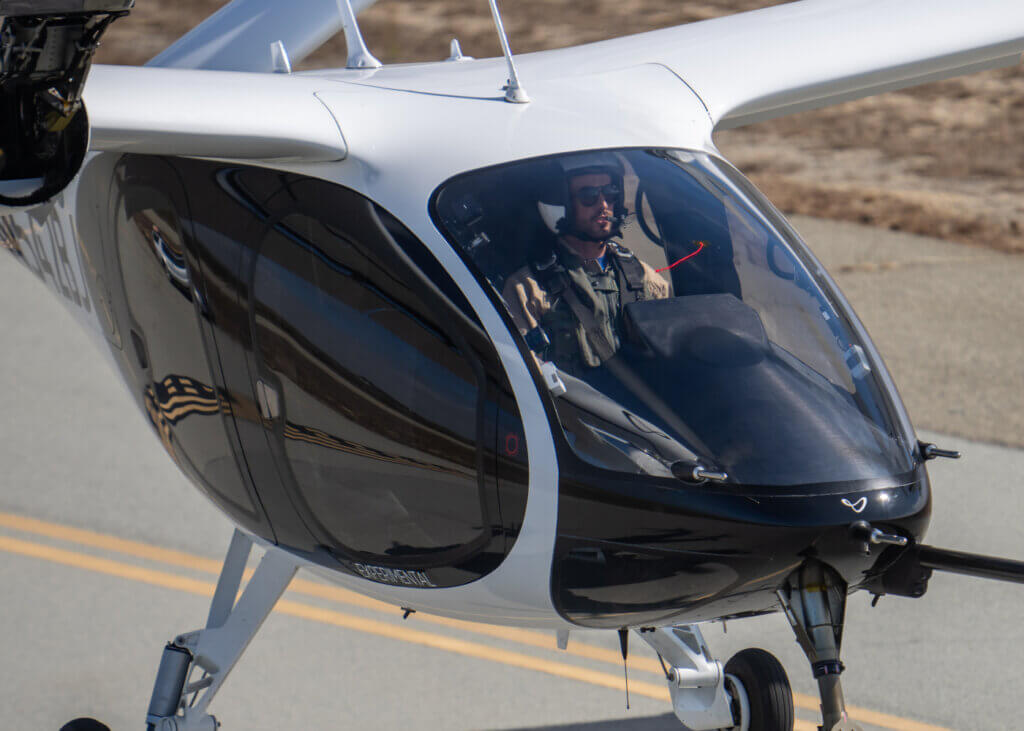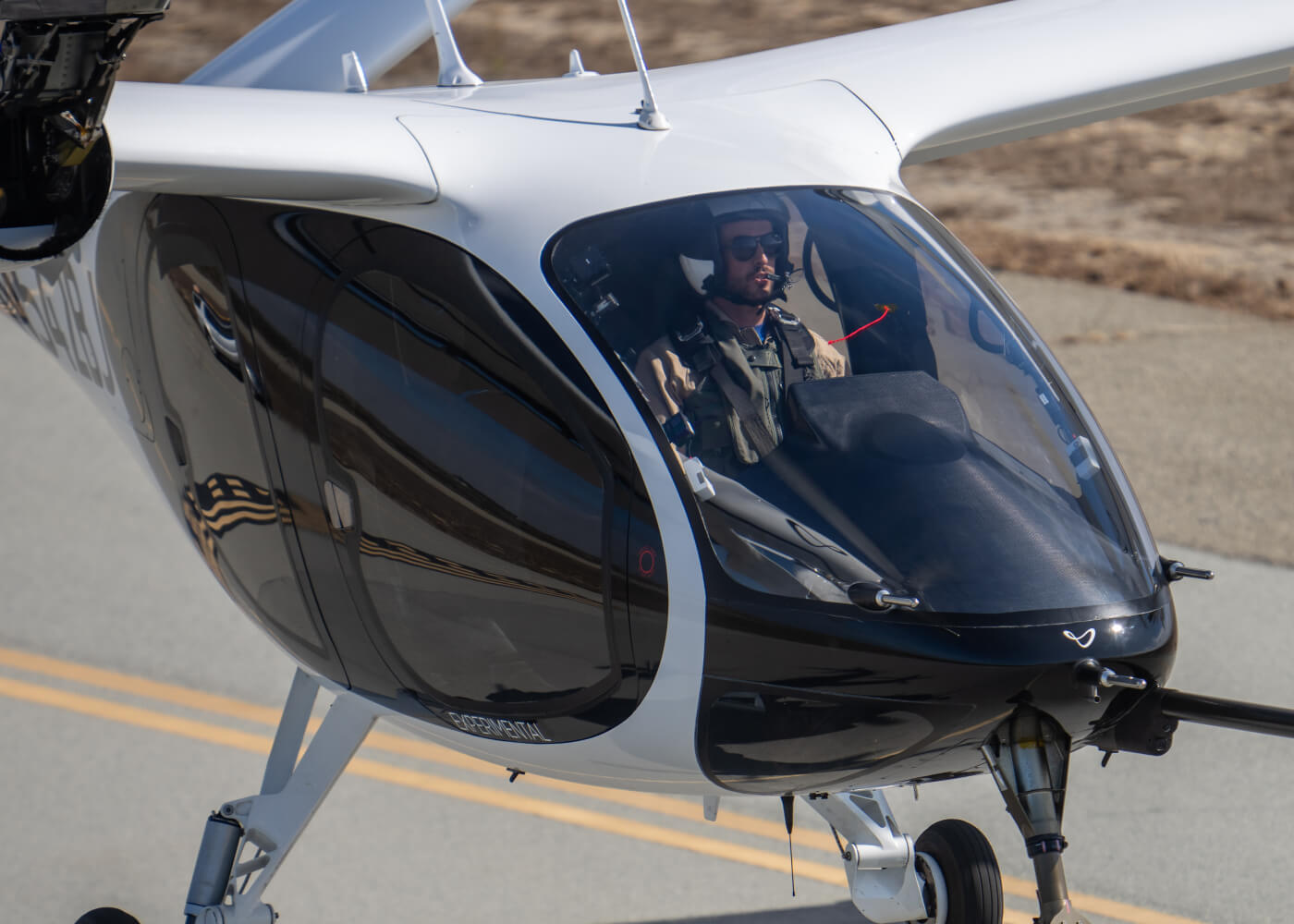As type certification of individual eVTOLs moves forward in the U.S., a draft of what’s required for the other two main certifications needed to get aircraft off the ground was circulated for feedback. Industry reaction has not been especially positive, but there’s hope the mostly unanimous feedback on a wide range of points will be taken seriously.

The proposed U.S. Federal Aviation Administration’s (FAA) special federal aviation regulation (SFAR) for powered-lift pilot certification and operations is expected to be finalized sometime in 2024.
The SFAR is intended to safely certificate initial groups of powered-lift pilots, as well as determine which operating rules apply to powered-lift on a temporary basis to enable the FAA to gather additional information and determine the most appropriate permanent rulemaking paths.
As the FAA determined last year, powered-lift will be type certificated as special class aircraft under existing regulations. However, at this point there is no established path for civilian pilots to be certificated with a powered-lift category rating — a topic on which the General Aviation Manufacturers Association (GAMA) and others have strong views.
In its submitted comments to the FAA, GAMA focuses on pilot certification, operational certification, dual-controls and flight simulation training. Contacted for some additional reflections, David Dunning, director of global innovation and policy at GAMA, wanted to first recognize that the FAA has been very supportive and responsive to industry input on the importance of promulgating the SFAR to enable initial entry into service and operations of eVTOLs.
“The FAA followed through on its commitment to get out a draft by end of summer for comment, and that’s very positive,” he told Vertical. “Trust is critical and it’s incredibly important that there was something that industry could respond to in time for feedback to be considered. FAA is continuing its conversation with industry to ensure a more balanced approach.”
Secondly, Dunning wished to emphasize that the sector must remember the SFAR is transitional. “We need to focus on this initial piece, the SFAR, to enable initial powered-lift operations,” he noted, “but it’s important to remember that it will facilitate the collection of large amounts of data for the FAA to use in shaping the long-term permanent set of final rules for pilot and operational certification. These interim requirements will allow them to adjust going forward to align with the unique design characteristics of each aircraft until permanent rules are defined.”
As for the pilot certification part of the SFAR, GAMA would like the FAA to take the approach of adding powered-lift as a type rating to existing airplane and helicopter certification.
“It’s critical to add the type rating as it’s the most practical and efficient pathway to certify the initial group of eVTOL pilots,” Dunning said. “It’s otherwise very difficult to try and form new rules that are in line with the current pilot and operational certification constructs. We don’t have the necessary pool of powered-lift pilots or commonality across powered-lift designs to use as a mirror.”
And if type rating is permitted to be added to an existing pilot’s certification, it relieves the burden on original equipment manufacturers (OEMs) to create a dual-control system in specially-made pilot training models of their aircraft — as well as other related issues, Dunning said.

He explained that the requirement to design and certificate a dual-control variant of each platform is a legacy-based rule that does not recognize the state of current aircraft and simulator technologies. It would also be a significant barrier to entry for these new aircraft and the new pilots who are needed.
“Recognizing today’s technologies and capabilities, we also highly recommend the use of more simulation in pilot training, and to achieve that, the simulation devices that have been developed need to be qualified by the FAA rapidly and any issues cleared up related to acceptability.”
Looking at pilot training as a whole, Dunning said eVTOL aircraft aren’t going to need highly-trained pilots, but the pilots who operate them still need to be trained properly. “We need to align existing training, not reduce it,” he explained.
Adding type rating also addresses the fact that FAA resources are very much stretched right now with the advent of the eVTOL.
Multiple OEMs are looking to enter into service in the same small window, Dunning explained, with multiple FAA boards that have to go through and certify each OEM’s pilot staff one at a time.
“Adding type rating is one of the only things that will actually address the bottleneck and allow timelines to be met,” he said. “Again, this is an essential component for these interim rules to provide a safe and practical pathway for the initial introduction of new powered-lift aircraft and pilots.”
VFS stance
The Vertical Flight Society (VFS) also submitted comments in August that mirrored most of the published inputs from 23 companies, including Archer, Airbus Helicopters, Beta Technologies, Bristow Group, CAE, Electra.aero, Ferrovial Vertiports, Joby, L3Harris, Leonardo, Lilium, Embraer, Supernal, Wisk Aero, and more.
In explaining what’s most important to VFS, director of strategy Mike Hirschberg expresses some frustration but also hope.
“We were pretty vocal for the past five years or so that using the 21.17(b) powered-lift framework would overly complicate things, and were very disappointed that the FAA made the decision to go that way in April 2022,” he said. “We think that it really made things artificially harder without any additional safety benefit. Now that the FAA has gone down this path, there is a whole lot of catching up to do. The FAA has made remarkable progress in supporting the advancement of advanced air mobility over the past few years, including several documents published this year alone, so hopefully the SFAR will also be finalized to allow the leading aircraft developers to certify their aircraft and operations on the FAA’s stated timeline.”
At the same time, not holding back about the SFAR draft, Hirschberg said it “really showed a lot of immaturity, with a lot of contradictions within the document and to external references.”
For instance, the SFAR draft states the FAA will follow International Civil Aviation Organization (ICAO) guidelines on certain aspects like pilot certification but then does not actually do so in other parts of the document, Hirschberg said.
“We hope,” he said, “that the overwhelmingly consistent comments pointing out the holes in the proposed SFAR and the near unanimous recommendations on how to fix them will give the FAA the basis it needs to make the tough decisions for workable solutions.”

Pilot training
Hirschberg noted that companies, associations like VFS and GAMA, individuals and government organizations have all commented the SFAR doesn’t seem to account for the advances in simulators, nor the timelines required for some of the requirements as they are stated. Like Dunning, Hirschberg noted that VFS feedback was nearly unanimous that the need for a dual-control variant of each aircraft platform for pilot training is “an untenable requirement.”
“It will be some time before hundreds of eVTOL aircraft are flying,” Hirschberg said. “Meanwhile, tens of aircraft flying operationally can generate a lot of data and prove the technologies and the business plans.
“What we don’t want is to smother an industry before it can literally take flight. Let’s see what the initial models can do and help both industry and the government improve their understanding for the second and subsequent generations of eVTOL aircraft.”
Future feedback
In terms of future dialogue with the FAA on key elements of the SFAR to enable initial eVTOL operations, GAMA is not particular about what form it will take, but believes substantial engagement between stakeholders and FAA would be beneficial to ensure understanding and a better outcome of this rulemaking.
“FAA has mentioned here and there informally that there will be opportunities for dialogue as appropriate, conducted within the rulemaking process, and we hope for that,” Dunning said. “I do want to give the FAA credit. They have taken a lot of good steps, and now we really need to prioritize understanding through appropriate collaboration to finalize the SFAR. It should be top of the list now.”
We will participate in any public listening sessions and do whatever we can to leverage our association and industry partners in the effort, whatever the format. We have to trade notes and understand the issues fully together before final decisions are made. I do believe we are on track. If eVTOLs are to enter the market by early 2025, we have to keep moving. The time is going to pass by very quickly.”





